Phosphor Bronze
Bearings and Bushings for the Future: Precision and Customization: Our company, in bearing engineering with decades of experience, designs and develops high-precision self-lubricating bronze bearings & plain bushes. We offer a wide array of sliding bearings tailored to meet specific needs. Renowned for our expertise in custom bronze bushing and slide plate solutions, we provide an expansive selection of bushing metal alloys. Contact us today to benefit from unparalleled services at competitive prices.
Phosphor Bronze
Manganese Bronze Product Selection. Order Today!”
Phosphor bronze Bearings
Leather crafting is the practice of making leather into craft objects or works of art, using shaping techniques.
Phosphor bronze Bearings
Beautifully crafted leather products.
Phosphor bronze, also known as tin bronze, is a copper alloy infused with 0.5-11% tin and 0.01-0.35% phosphorous.
Attributes of Phosphor Bronze Alloys:
Phosphor bronze alloys excel in electrical applications due to their exceptional spring properties, high fatigue resistance, superior formability, and excellent corrosion resistance. Tin enhances corrosion resistance and strength, while phosphorous boosts wear resistance and stiffness.
C544 Phosphor Bronze stands out as a premier bearing alloy in the industry. Aviva Metals, as a trusted phosphor bronze supplier, offers a diverse range of shapes and sizes—sheets, strips, plates, wires, rods, and bars—to suit your project requirements.
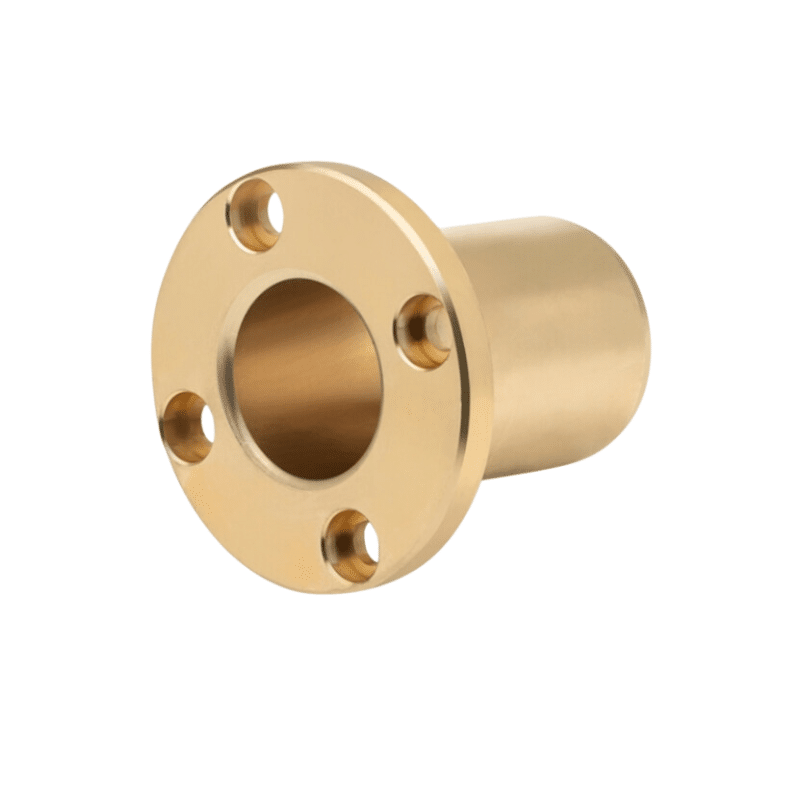
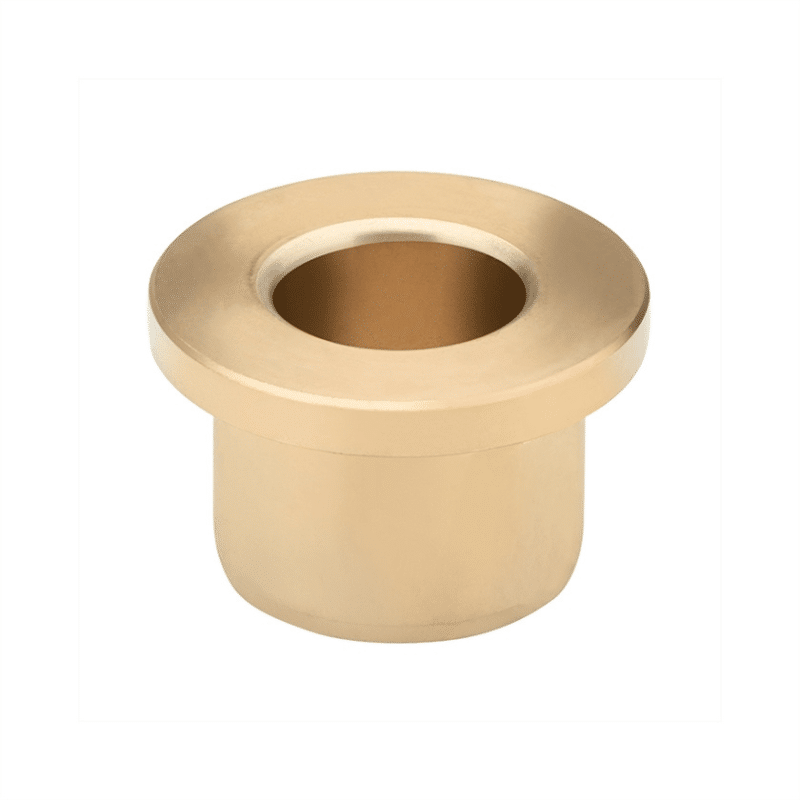
Providing Brass, Bronze, and Specialty Copper Alloys, Copper Alloy Machining Services
Premium Phosphor Bronze Bushings Selection
Products lineup
Phosphor bronzes, also known as tin bronzes, are alloys made from copper, tin, and phosphorus. These alloys typically contain between 0.5% and 11% tin and 0.01% to 0.35% phosphorus. Tin enhances the corrosion resistance and strength of the alloy, while phosphorus improves wear resistance and stiffness.
Phosphor bronzes are a category of copper alloys that contain phosphorus as a key alloying element. Phosphorus provides unique properties such as improved hardness and strength, as well as enhanced wear resistance and non-galling characteristics. Here’s an overview of the phosphor bronze materials you’ve listed, which can assist in making an informed product selection:
- C51000 Phosphor Bronze Bearing: This is a standard phosphor bronze alloy known for its excellent mechanical properties and wear resistance. It’s commonly used in bearing applications where a combination of strength, durability, and resistance to galling is required.
- C52100 Phosphor Bronze Bushing: Similar to C51000, this phosphor bronze is also used for bushings, but the specific composition might be tailored for the particular demands of bushing applications, such as different load-bearing requirements or operating environments.
- C52400 Phosphor Bronze: This alloy may have a different phosphorus content or other alloying elements that distinguish it from C51000 and C52100. It is chosen based on the specific properties needed for the application, such as improved corrosion resistance or machinability.
- C53400 Phosphor Bronze Sleebe: The term “sleeve” here likely refers to a tubular component, and C53400 may represent a phosphor bronze with properties optimized for this shape, such as better conformability to various shaft sizes or materials.
- C54400 Phosphor Bronze Bushes: This grade of phosphor bronze might be selected for bushing applications where unique properties are desired, such as those requiring high resistance to corrosion, high-velocity applications, or specific mechanical property requirements.
When selecting a phosphor bronze for a specific application, the following factors should be considered:
- Mechanical Properties: Phosphor bronzes are known for their strength and hardness, which are important for load-bearing applications.
- Wear Resistance: Phosphor bronzes have good wear resistance, making them suitable for applications with sliding or rolling contact.
- Corrosion Resistance: Some phosphor bronze alloys offer better corrosion resistance than others, which is critical for applications in harsh or marine environments.
- Machinability: The addition of phosphorus can improve the machinability of bronze, allowing for more intricate designs and closer tolerances.
- Operating Conditions: Consider the environment in which the component will operate, including temperature, the presence of corrosive agents, and the type of lubrication available.
- Cost: Phosphor bronzes can be more expensive than other bronze alloys due to their enhanced properties. It’s essential to balance the cost against the performance benefits.
Each phosphor bronze alloy has its particular attributes that make it suitable for a range of applications, from general industrial components to specialized applications in aerospace, marine, and electrical industries. The selection should be based on the specific demands of the application, including the required mechanical properties, environmental conditions, and performance expectations.
Phosphor bronze is a type of copper alloy that is valued for its excellent mechanical properties, wear resistance, and good electrical conductivity. The term “Phosphor Bronze BS 1400 PB2” refers to a specific grade of phosphor bronze that conforms to the British Standard 1400, which is a set of standards for copper and copper alloys. The “PB2” designation typically indicates a phosphor bronze with a certain percentage of tin and phosphorus.
Here are the key details about the phosphor bronze grades you’ve mentioned:
- Phosphor Bronze BS 1400 PB2: This is a specific grade of phosphor bronze that is defined by the British Standard 1400. It is known for its good mechanical properties, making it suitable for applications that require high strength and resistance to wear.
- Phosphor Bronze 10% D, UNS C52400: The “10% D” could refer to the tin content in the alloy, which is typically one of the primary alloying elements in phosphor bronzes, contributing to the alloy’s strength and hardness. The “UNS C52400” is the Unified Numbering System (UNS) designation for this particular alloy, which is a universal identification system for metals and alloys.
- Copper Alloy UNS C90800: This is another copper alloy, but it is not a phosphor bronze. UNS C90800 typically refers to a leaded copper alloy, which is known for its improved machinability due to the lead content. This alloy is often used for applications that require threaded components or complex shapes.
- Phosphor Bronze Alloy UNS C52400: As mentioned, this is a phosphor bronze alloy with a high tin content, which gives it excellent mechanical properties and good wear resistance. It is widely used in applications such as bearing materials, springs, and electrical contacts.
When selecting a phosphor bronze for a particular application, consider the following:
- Mechanical Properties: Phosphor bronzes offer a combination of strength, hardness, and good ductility, which make them suitable for a wide range of mechanical applications.
- Electrical Conductivity: Phosphor bronzes maintain a level of electrical conductivity, making them useful in electrical and electronic components.
- Wear Resistance: The high tin content in phosphor bronzes like UNS C52400 improves wear resistance, which is critical for applications involving sliding or rolling contact.
- Corrosion Resistance: Phosphor bronzes generally have good corrosion resistance, although this can vary by specific alloy composition.
- Machinability: The machinability of phosphor bronzes can be good, although it may be less than that of alloys with added lead, like UNS C90800.
It’s important to match the specific alloy to the requirements of the application to ensure the best performance and longevity of the component.
Phosphor bronzes exhibit excellent spring properties, high fatigue resistance, outstanding formability and solderability, and superb corrosion resistance. They are primarily used in electrical products but are also utilized in corrosion-resistant bellows, diaphragms, and spring washers. These alloys are categorized under the UNS designations C50100 to C54200.
Eu in tincidunt sed in integer sit nisl ipsum at vitae aliquet in quis.
Phosphor Bronze Bearing Bushes Selection
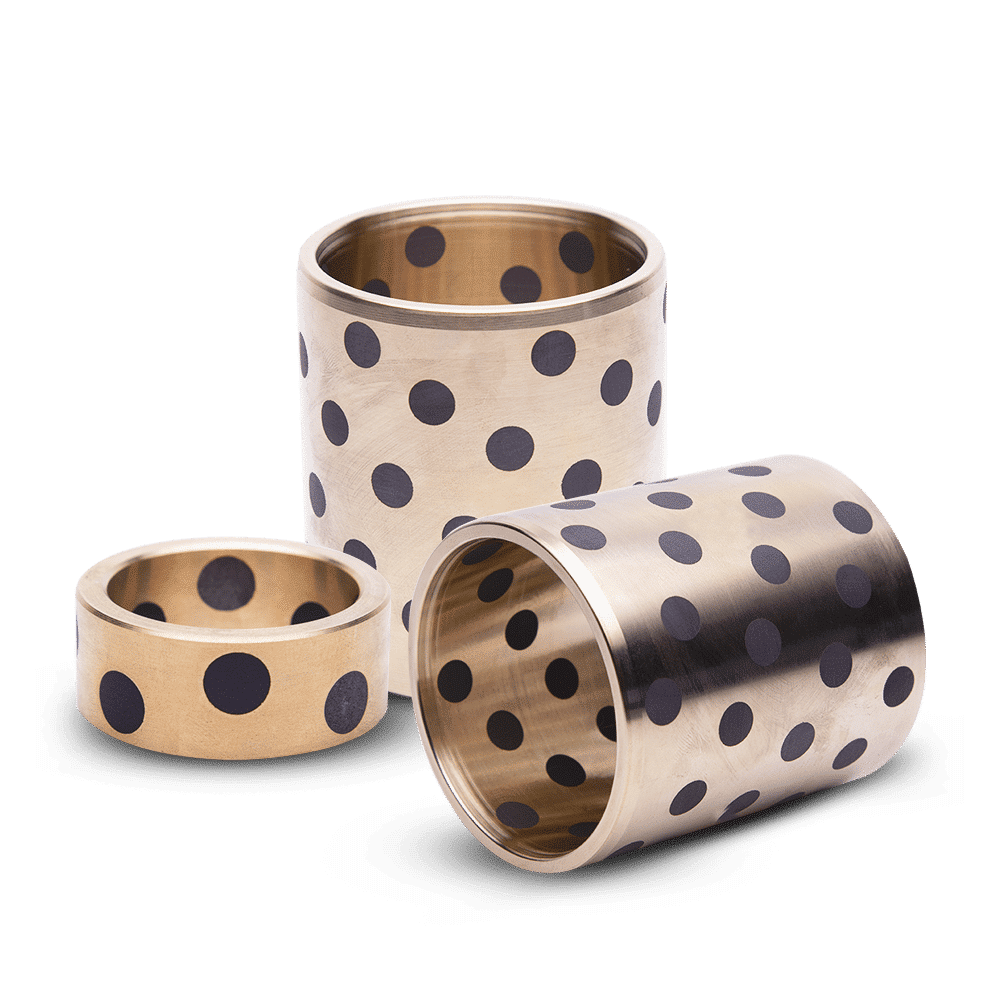
Phosphor Bronze
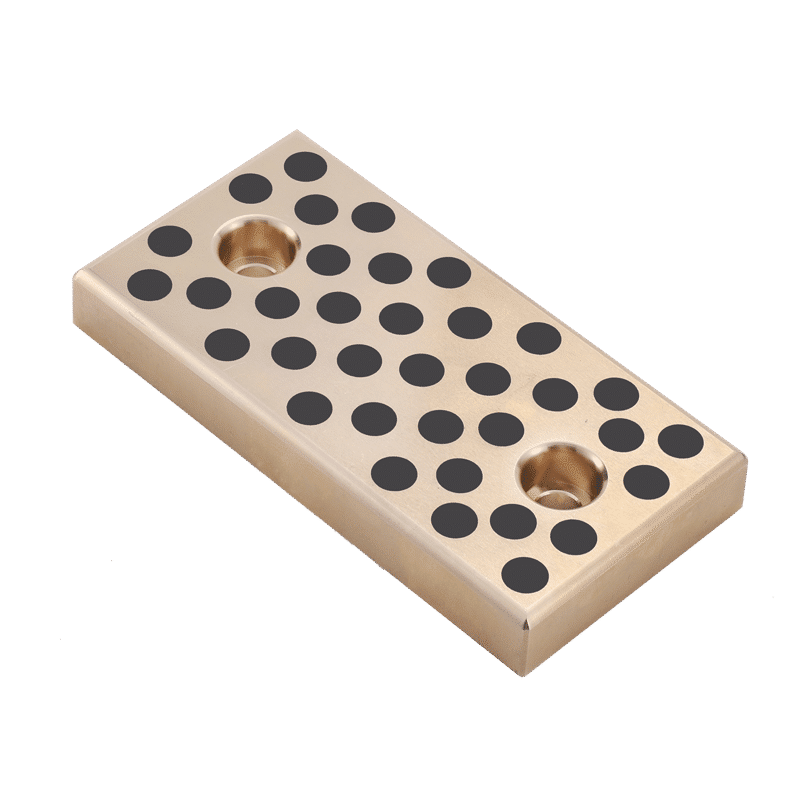
Phosphor Bronze Plate
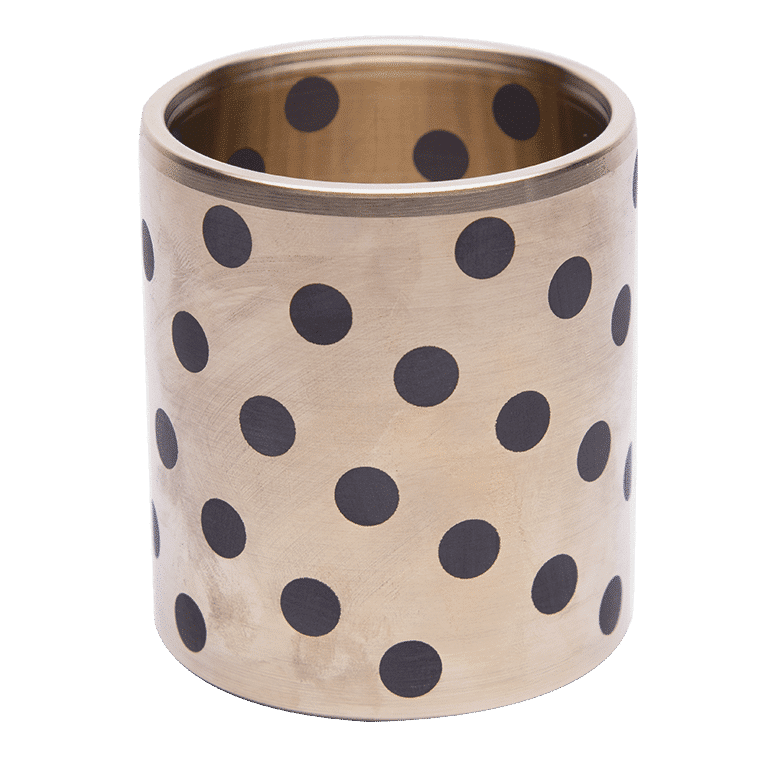
Phosphor Bronze Alloy
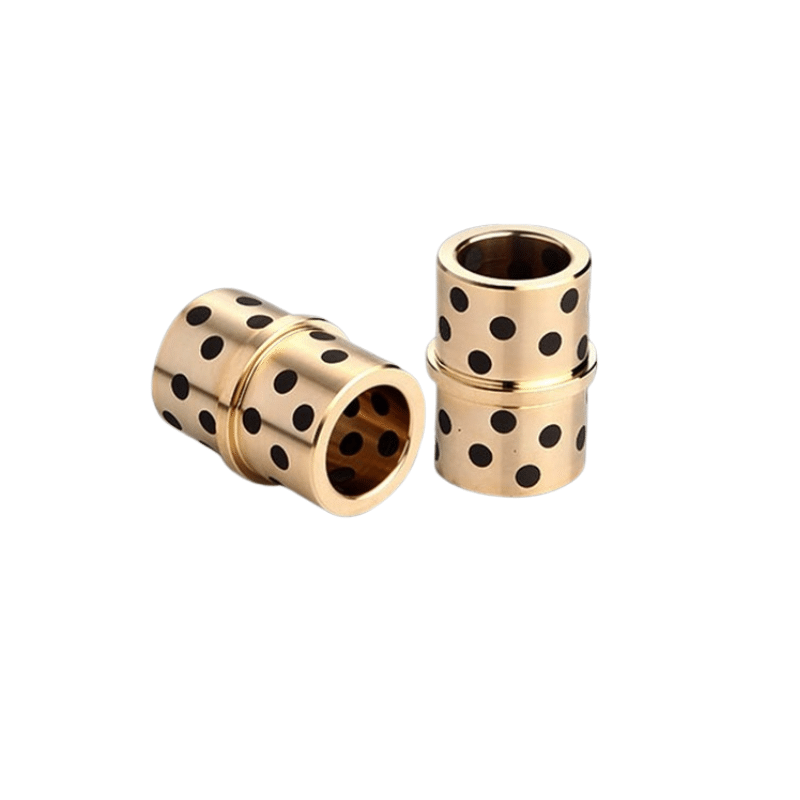
phosphor bronze Other Applications:
Beautifully crafted leather products.
Leaded phosphor bronzes combine good strength and fatigue resistance with excellent machinability, high wear resistance, and corrosion resistance. They are often used in applications such as sleeve bearings, thrust washers, and cam followers. These alloys are designated under the UNS codes C53400 to C54400.
Beyond bearings, phosphor bronze finds utility in various applications such as corrosion-resistant bellows, diaphragms, spring washers, bushings, shafts, gears, thrust washers, and valve components.
Explore Our Phosphor Bronze Product Range Today!
Phosphor Bronze Bush & Bronze Bushes – Plain & Flanged
Phosphor Bronze Product Selection
Leather crafting is the practice of making leather into craft objects or works of art, using shaping techniques.

Solutions For Every Industry
Searching for Dependable Bushing Solutions? viiplus Has What You Need.

Design Guides, Materials
Bushing design, Comprehensive design manuals covering a range of self-lubricating materials used in all of viiplus’s manufacturing processes.

Technical Guides
Manufacturing On Demand, Technical Guides For Machining Design. Discover the latest in metal alloys, materials, and design tips for manufacturing custom machined and self-lubricating bearing parts.

Get Instant Quote
To receive your instant quote, simply upload your drawing file and choose your production process & bushing material.

Prototyping, Place Order
After you place your order, we will start the production process. You will receive updates when your order has completed production and is ready to be dispatched.

Receive Your custom Parts
We provide precision-inspected high-quality parts, packing lists and documents, and delivery tracking.

